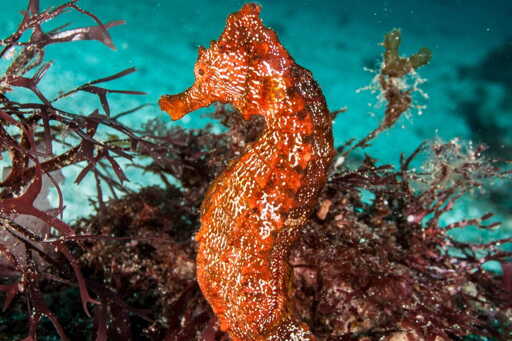In June 2025, Ecuadorian police were summoned to the municipal bus terminal in Tulcán, in the northern province of Carchi, to investigate a suspicious package. Someone had reported a strong odor coming from a parcel that was shipped by bus from Guayaquil. Inside, police discovered its grisly contents: 2,970 dead seahorses. Authorities suspect they were en route to Colombia and then onward to Southeast Asia, headed into the illegal wildlife trade. The box weighed about 10 kilograms (22 pounds); its value on the black market could be anywhere from $1,000 to $3,000 per kilo, Édison Fuertes, an officer with the National Police’s Environmental Protection Unit, told the Ecuadorian press. Two alleged offenders were identified: Their names appeared on the package’s shipping and receiving invoices. Because the investigation is ongoing, their names have been withheld. But the Ministry of Environment, Water, and Ecological Transition (MAATE, the Spanish acronym) disclosed that they were an Ecuadorian and “allegedly a person of Asian origin but of Ecuadoran nationality.” The seahorses were likely pulled from waters off the southern province of Guayas, according to MAATE, bound for Asian markets. All 47 of the world’s seahorse species are threatened, including Ecuador’s native species, the Pacific seahorse (Hippocampus ingens) that swims the Eastern Pacific from California to Chile and lives among the Galápagos Islands. These tiny fish live in seagrasses, mangroves and coral reefs, habitats that provide refuge and offer structures that seahorses can hold on to with their prehensile tails. But overfishing and commercial demand is…This article was originally published on Mongabay
From Conservation news via this RSS feed


